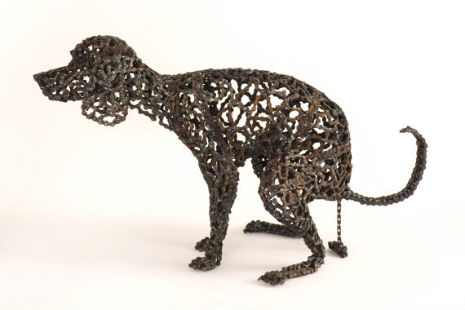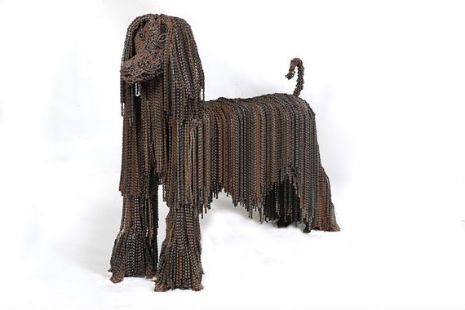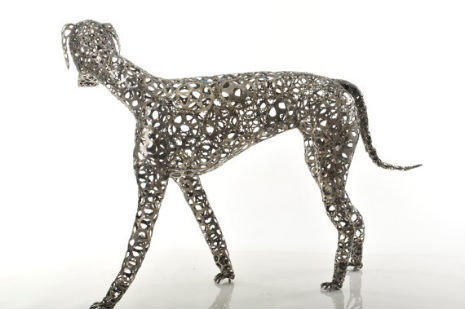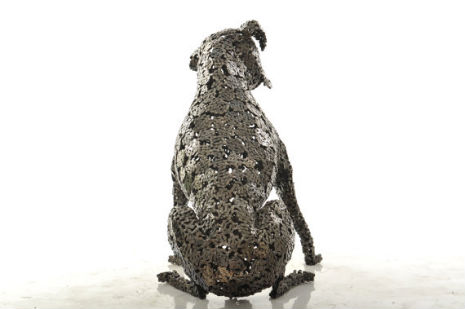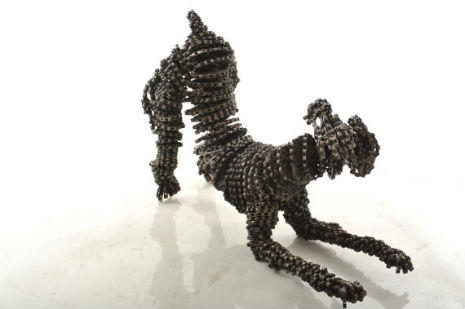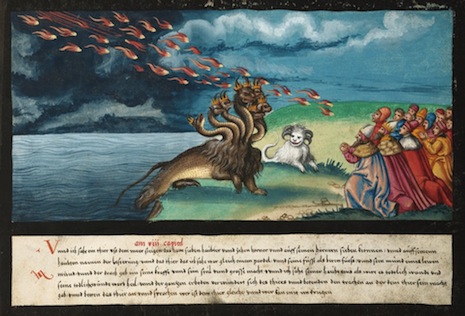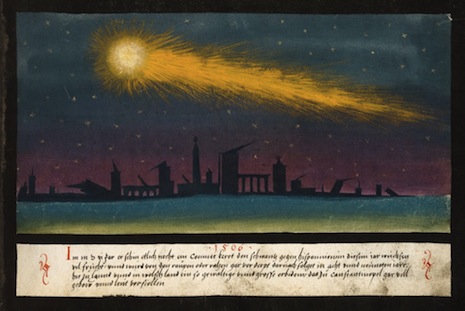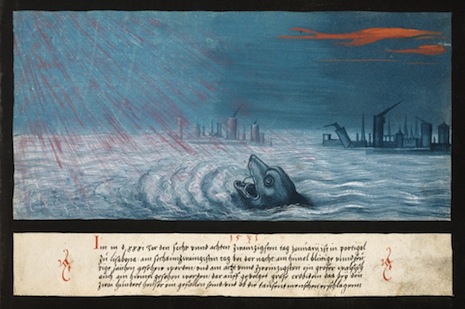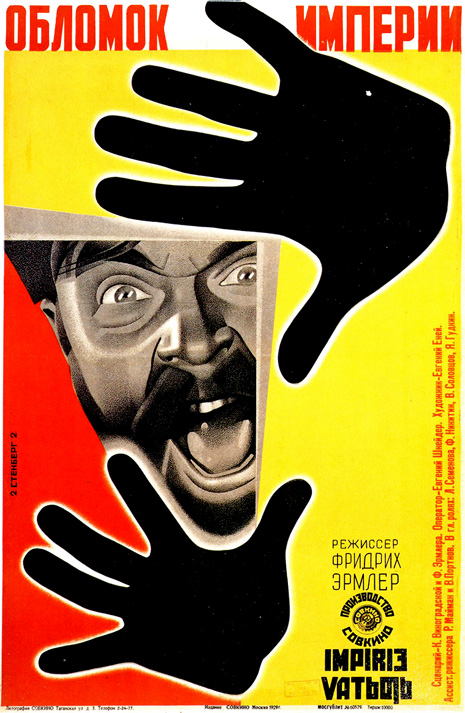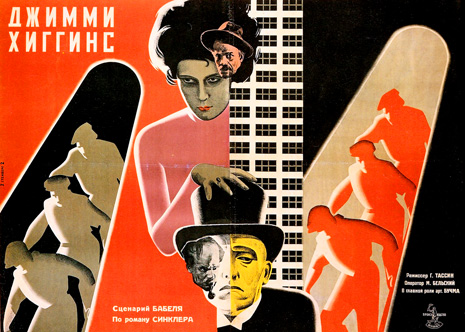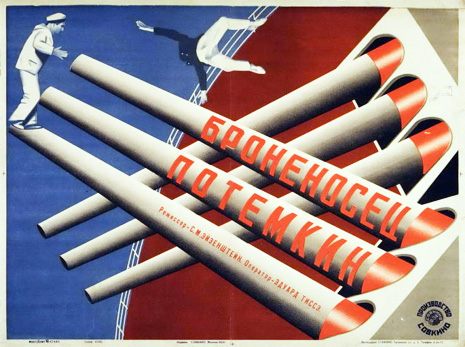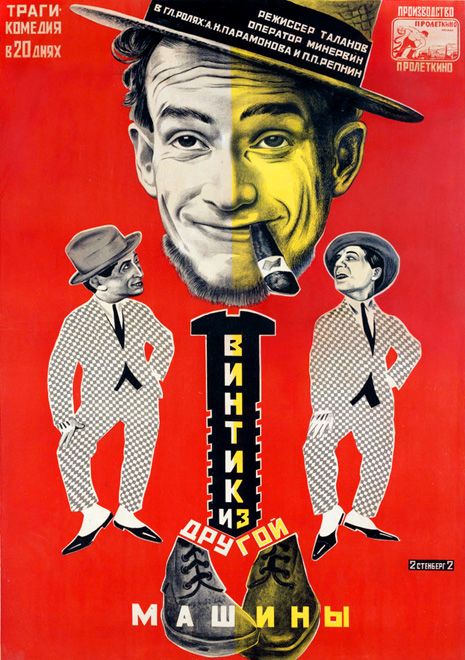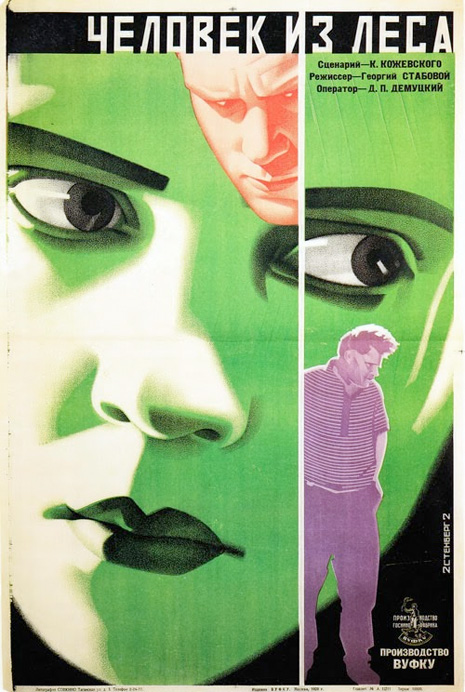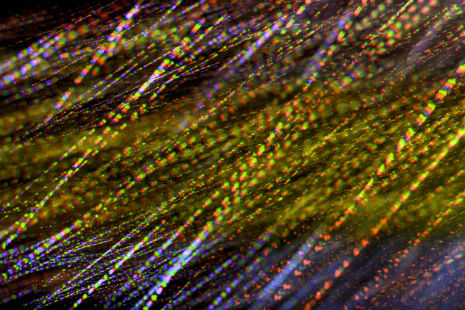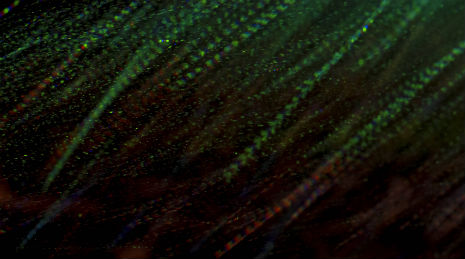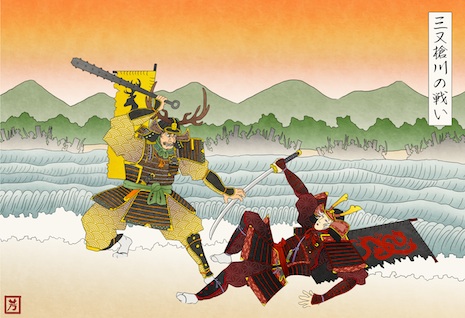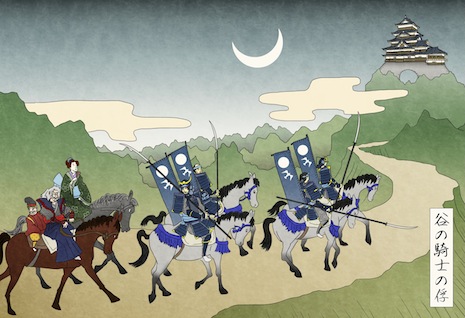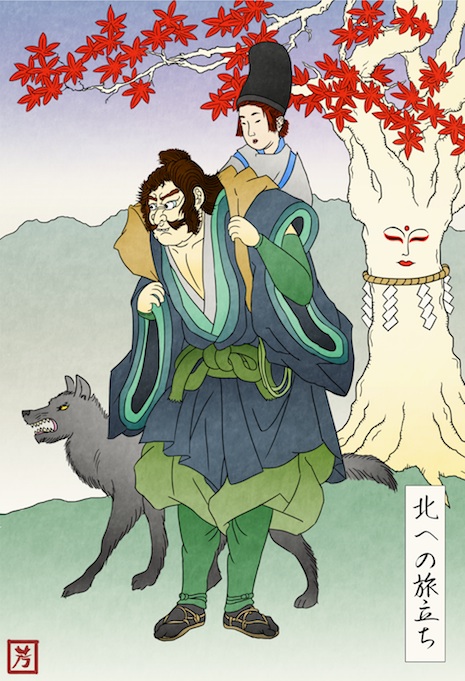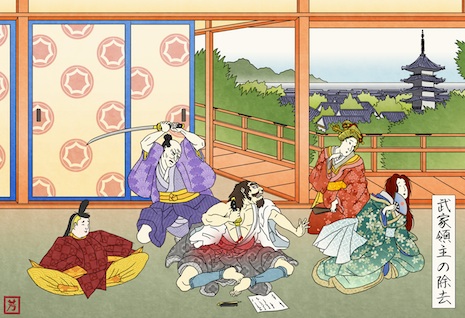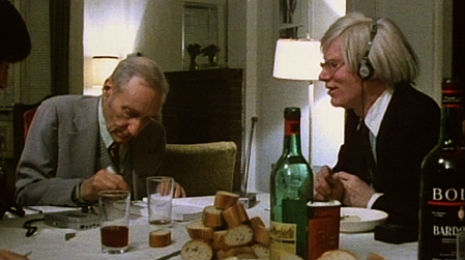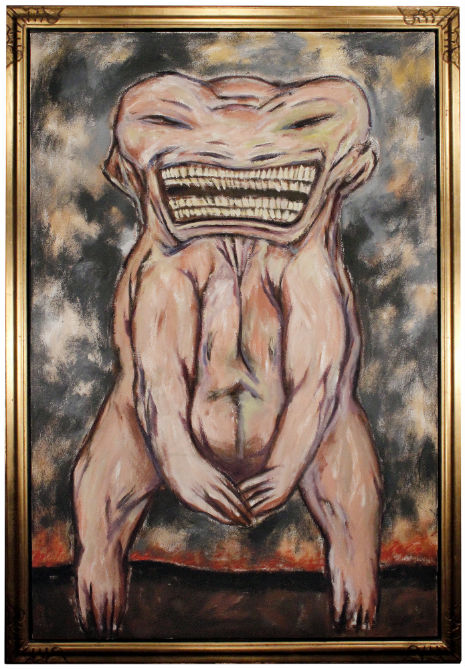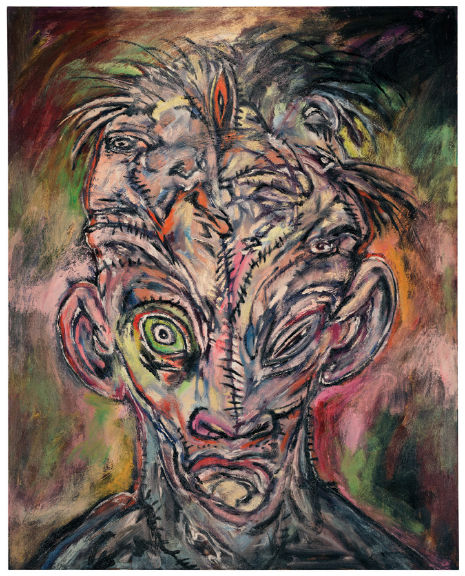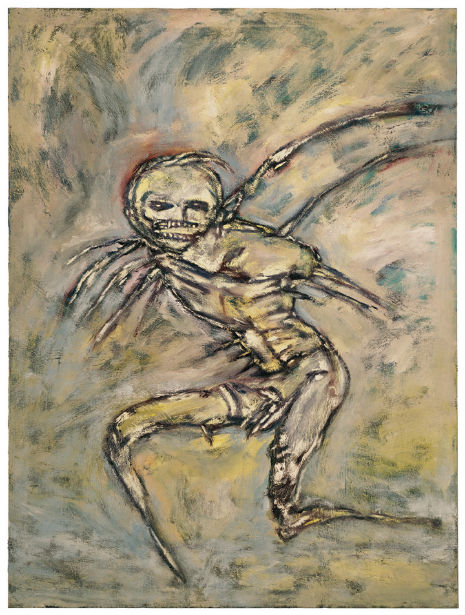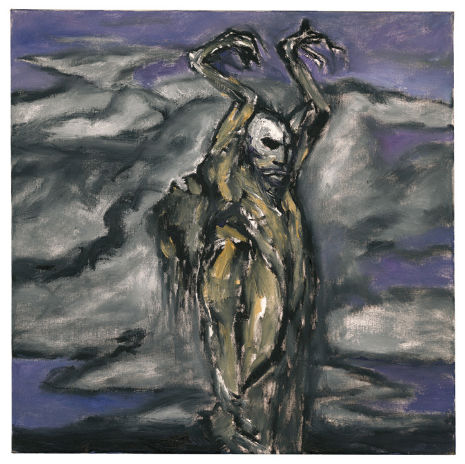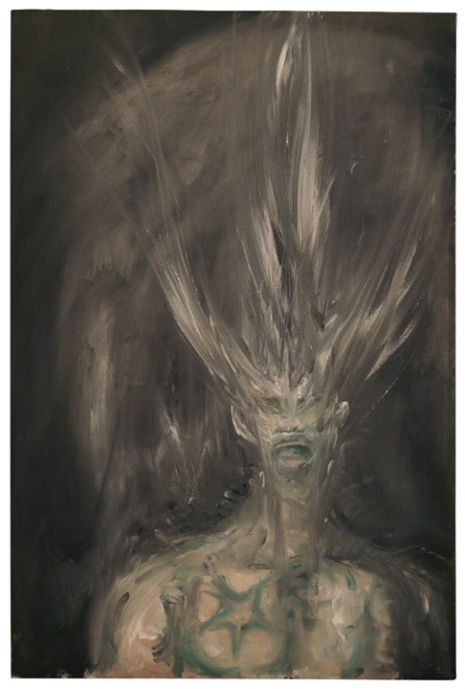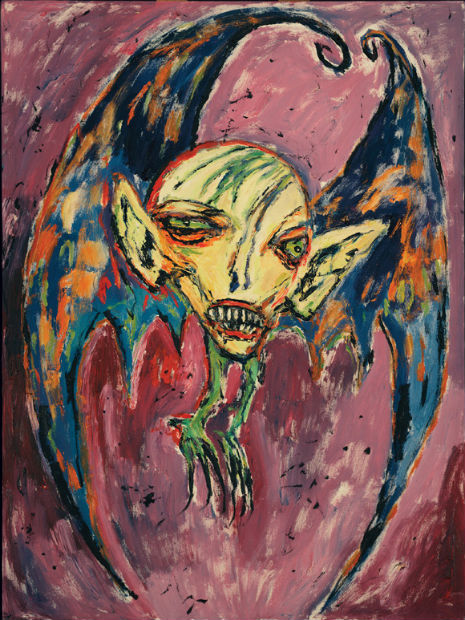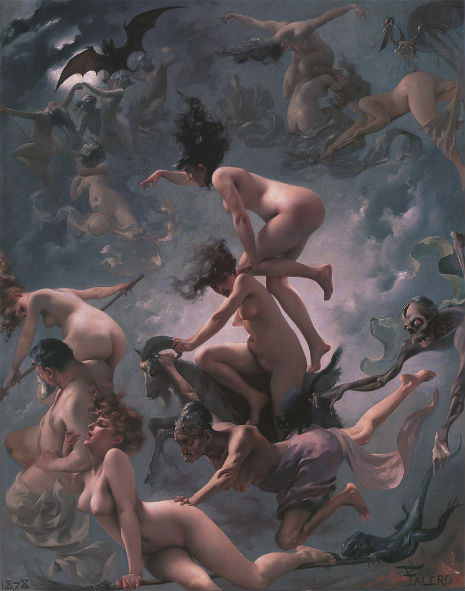
For the record, I like babies. I think self-proclaimed baby-haters are usually just acting out bogus irritation so they can feel important by taking umbrage with someone who can’t fight back. And I’m not one of those self-righteous people who constantly feels the need to declare (a little too forcefully, and generally apropos of nothing), that new parents can be weird. Of course they can be weird—they’re sleep-deprived and incredibly emotional and their lives suddenly revolve around a tiny living creature totally dependant on them. It’s a weird situation, and I think we can all stand to give parental weirdness a little break now and then.
However, I will always find the obsession with sonograms completely weird. That shit is notably, exceptionally, particularly weird. It’s not the sonogram itself, nor the idea that a parent might get excited about it—it’s the conflation of sonogram “photography” with actual baby pictures. Sonogram pictures are “photography” only in the most literal way, and a sonogram print-out is no more a “baby picture” than a colonoscopy photo is erotica, and yet there is this reverence for that blurry little photo, which almost never presents anything even halfway resembling an actual baby. And then there’s that 3-D ultrasound imaging—more identifiable, I suppose, but far grosser-looking.
But in the spirit of embracing all things that creep me out, I have decided to grace you, dear readers, with a short list of some of my favorite ways people memorialize their ultrasounds, starting with the delightful little hellspawn you see at the top of the screen.
Sonograms themselves are a product of fairly recent technology, meaning we are at the dawn of a new baby-era. But forget 3-D imaging, for $600, you can 3-D print a life-size model your fetus! Their tagline is “Imagine holding your baby before he or she is born,” (No thank you! Before they are born, they belong on the inside!) and they come in a satin-lined box. You know what other kind of box is usually satin-lined? A coffin. Coffins are lined with satin.
I’m not a Luddite by any means, but one does have to wonder if this micro-observational tendency will escalate further as the technology becomes available. Will we someday regularly witness fertilization, perhaps watching sperm swim across a high-definition screen? Will we root for the little guys like they’re pro athletes? Radical feminist Shulamith Firestone envisioned the escalation of “test-tube” babies to the advent of robotic wombs—perhaps we’ll view fetal formation entirely outside the body! Honestly, I’d find that all preferable to dead fetus doll in a coffin, but let’s move on to the lower-tech options.
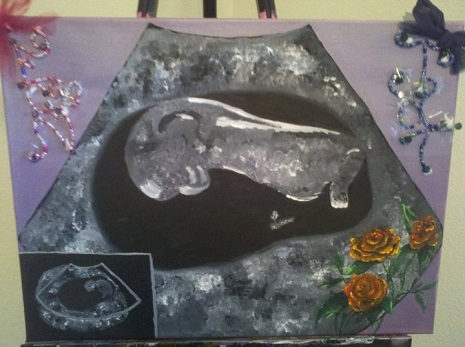
Custom sonogram portraiture posed sort of an aesthetic quandary for me. Which feels more uncanny—the chintzy, sentimental folk art sonogram painting, or the stylistically mature product of obvious training?

I’m going with the second one, if only because the store-front’s pitch leads with death:
Every life is a miracle to be celebrated and remembered. My Miracle Ultrasound Paintings were inspired by the memory of our niece who’s [sic] life ended just three short days after her birth. We were left with her ultrasound picture, one of our first and most precious memories.
While I make a point to avoid criticizing anyone’s mourning rituals, I would say, of the women I know, very few would be inclined to make a baby-related purchase from a vendor who begins their sales pitch with an anecdote about the death of a baby. Then again, very few of the women I know would invest $100 in custom sonogram portraiture. I’d wager the artist is addressing a very niche target audience.
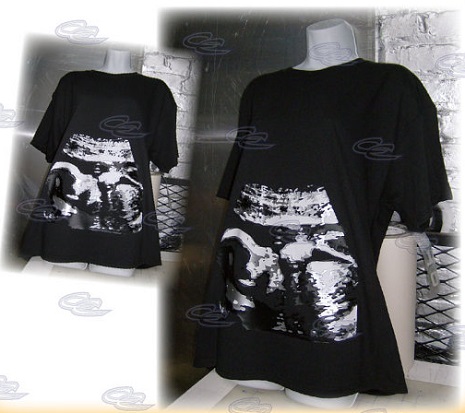
This is simply too literal for my tastes. Much like those leggings that simulate the appearance of human muscles, I’ve just never been a fan of any clothing that brings to mind the removal of skin. I once had a friend who had her fallopian tubes tattooed over their location and it was a semi-distracting reminder of her guts. The difference is, of course, that she got the tattoo specifically to embrace the discomfort surrounding reproduction and our fundamental existence as, to quote Vonnegut, “meat machines.” This T-shirt, on the other hand, is supposed to be “cute.” Ah the subjectivity of beauty!

I would not eat a cake with a sonogram cake topper. The visceral reminder of a fetus generally kills my appetite, and frankly, I question the motives of anyone who gets too hungry around fetal imagery. There’s also a store that prints your sonogram on water bottle labels. Drinking the fluid from a container with a fetus printed on it has got to be some kind of Freudian cannibalism thing, right?

I saved this one for last, mainly because totally I dig it. I totally dig sonogram cufflinks. They’re functional. They’re subtle and discreet—they don’t scream to the unwilling world, “hey, look at my fetus.” The idea is morbid, but quietly so, and can therefore be executed with some degree of self-awareness. Plus, I can imagine totally going through a Patti Smith-style post-baby menswear phase that would necessitate the use of germane cufflinks. Most importantly though, it’s a disarming object of subversive style, and it can be used to creep out and embarrass your children someday—I mean, why else would you even have kids?
